The first issue of Advanced Biosystems highlights retinal implants, DNA nanotweezers, and living diodes.
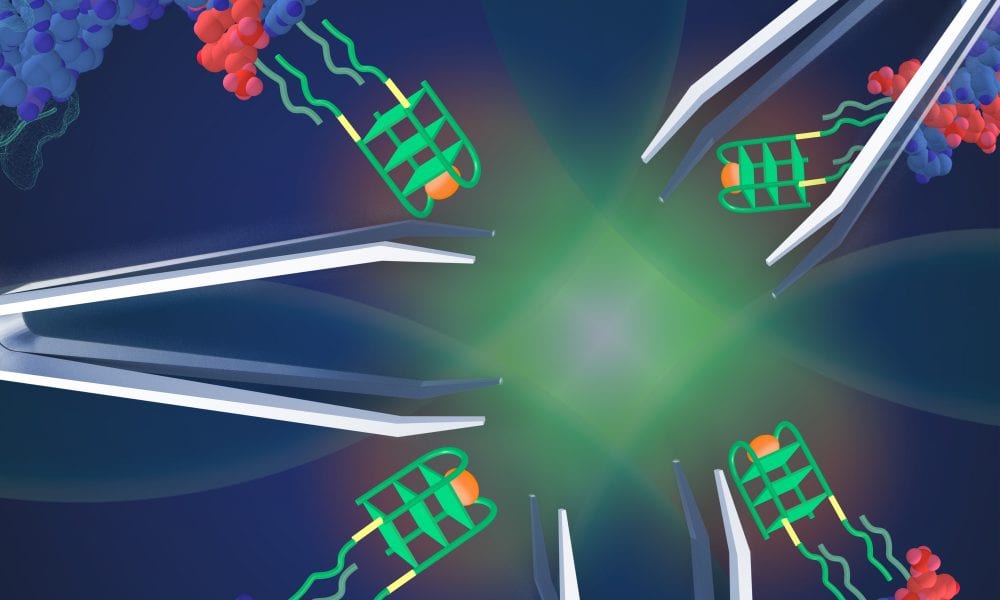

The first issue of Advanced Biosystems highlights retinal implants, DNA nanotweezers, and living diodes.
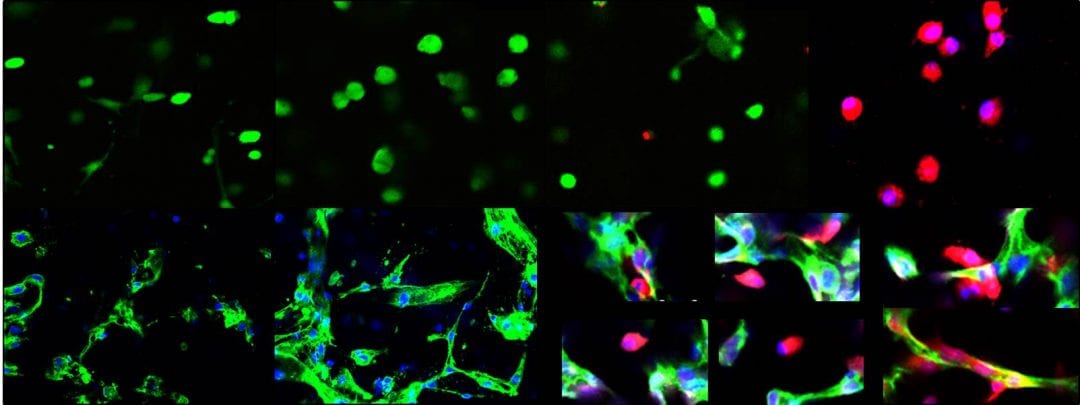
Macrophages may be a novel cell target for regenerative medicine efforts where vasculature is often vital to success.
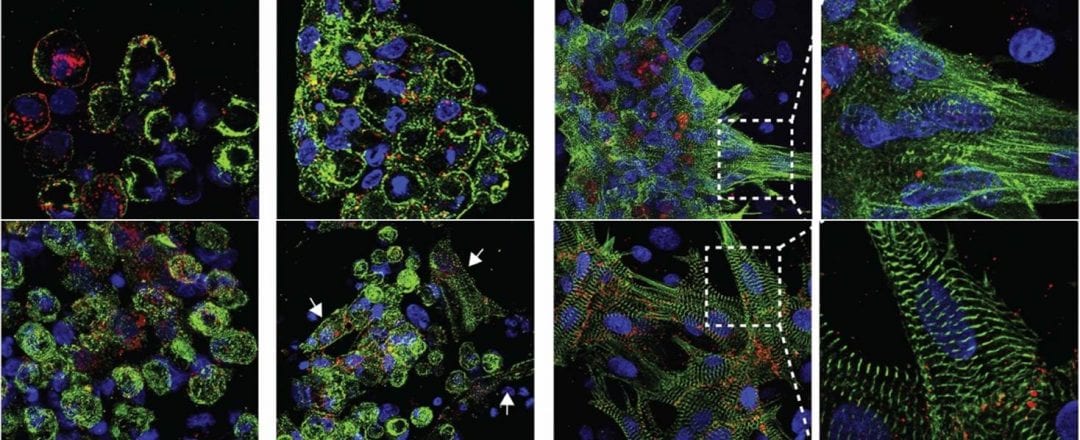
Incorporation of nanomaterials within hydrogels has great potential, as a simple approach, to generate multifunctional scaffolds with unprecedent biological, mechanical, and electrical properties.
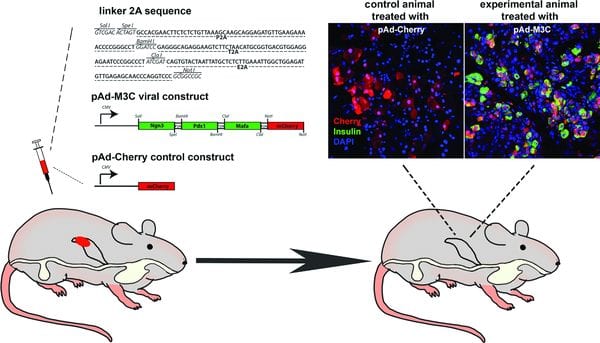
A robust and reproducible method for “direct programming” of acinar cells into functional beta cells with a polycistronic viral construct and viral transduction of pancreatic tissue in vivo in mice is described.

Vascularized cardiac patch provides a cell home for a patient’s own stem cells for drug screening and a personalized tissue graft.
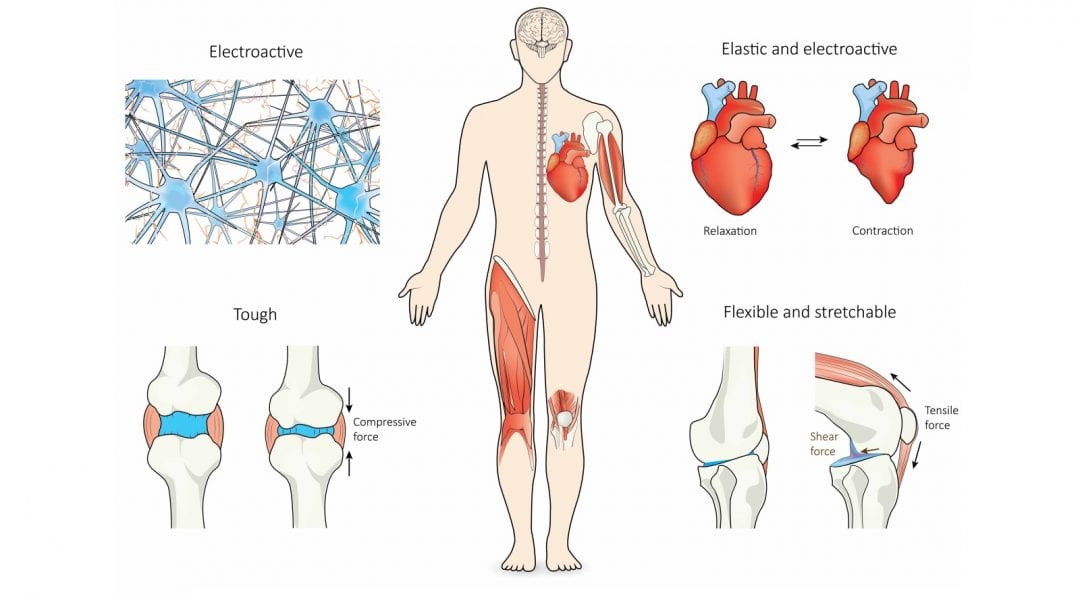
Recent advances in the fabrication and application of nanocomposite hydrogels for load-bearing and electroactive tissue replacement.
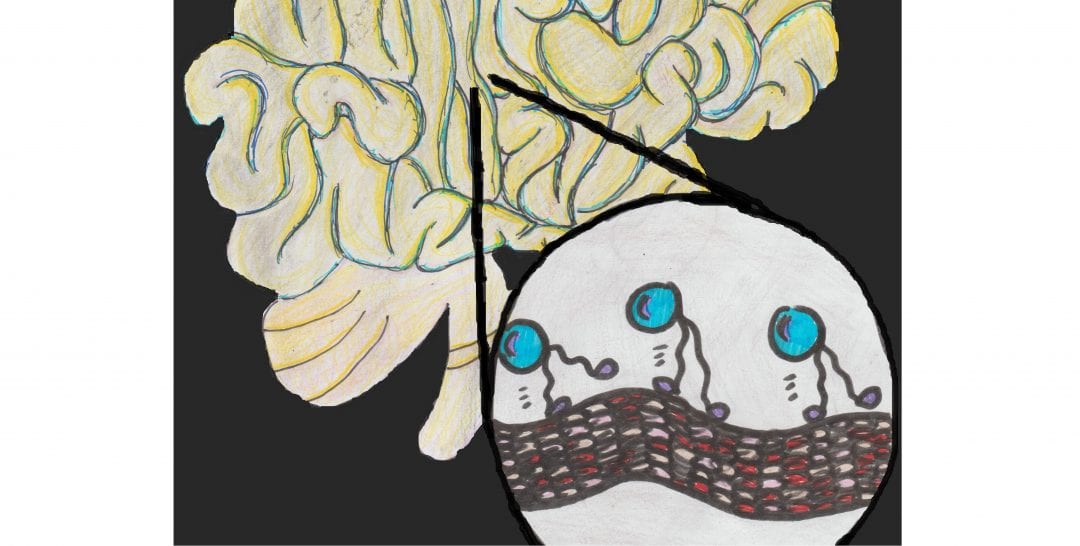
Treatment options for Alzheimer’s disease are revealed in a bio-mimetic lab-on-a-chip system, modelling intracellular kinesin-microtubule transport.
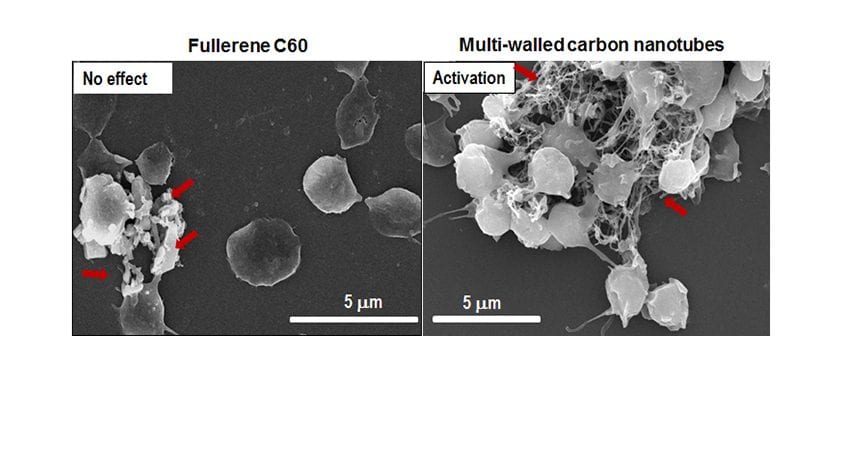
Investigating how nanomaterials interact with the components involved in blood coagulation is an important step towards utilizing nanomedicine safely without causing dysregulation of hemostasis that could result in serious thrombotic and/or hemorrhagic pathologies.
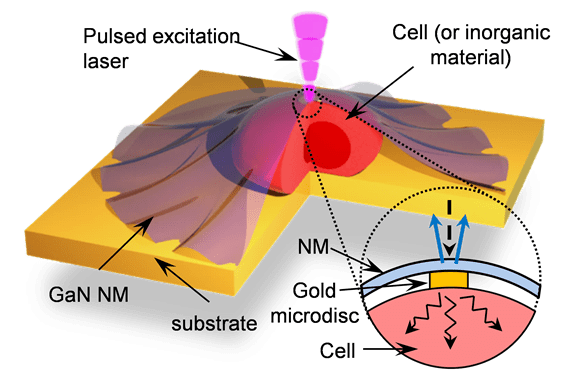
A novel thermal-transport technique based on the transient response of laser-heated GaN nanomembranes in contact with living cells is used to differentiate between different types of cancer.
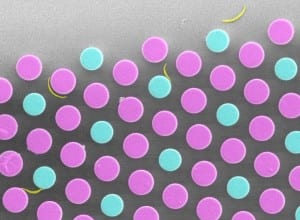
Malaria parasites moving in pillar arrays reveal structural tropism to invade small blood vessels in the skin.